La Palma, Canary Islands, Spain —(Map)
A volcano began erupting on Sunday in the Canary Islands, sending lava, smoke and ash into the surrounding area. The eruption has forced thousands of people from their homes. Scientists say the eruption could continue for weeks.
The Canary Islands are a group of islands which belong to Spain, but are located about 62 miles (100 kilometers) off the coast of Morocco. There are eight larger islands, which are popular with tourists, and many smaller ones.
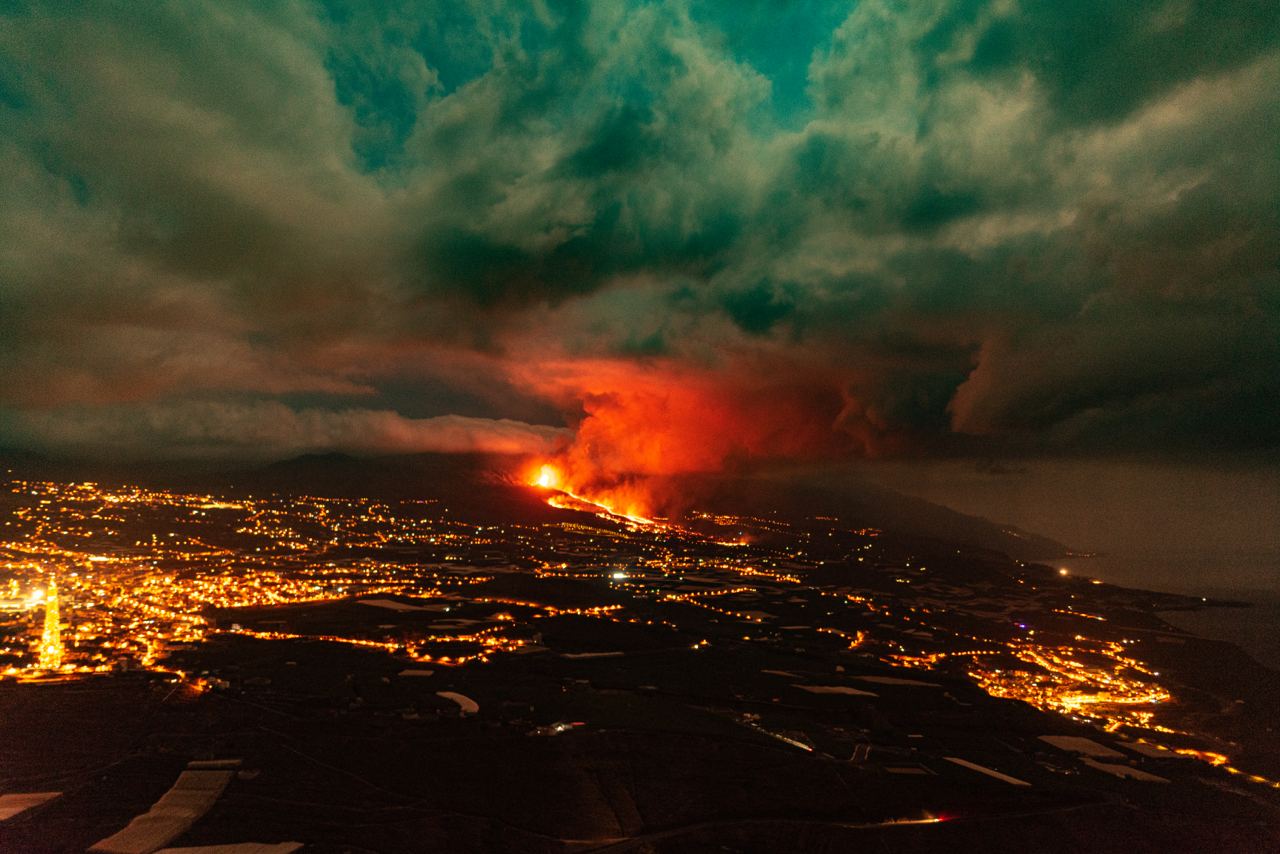
(Source: Eduardo Robaina [CC BY-SA 3.0], via LaMarea.com.)
La Palma, where the volcano erupted, is one of the smallest of the large islands. About 85,000 people live there.
Sunday’s eruption was the first major eruption on La Palma in 50 years. Though the volcano has caused a lot of damage on the island, so far, no one has been killed or hurt.
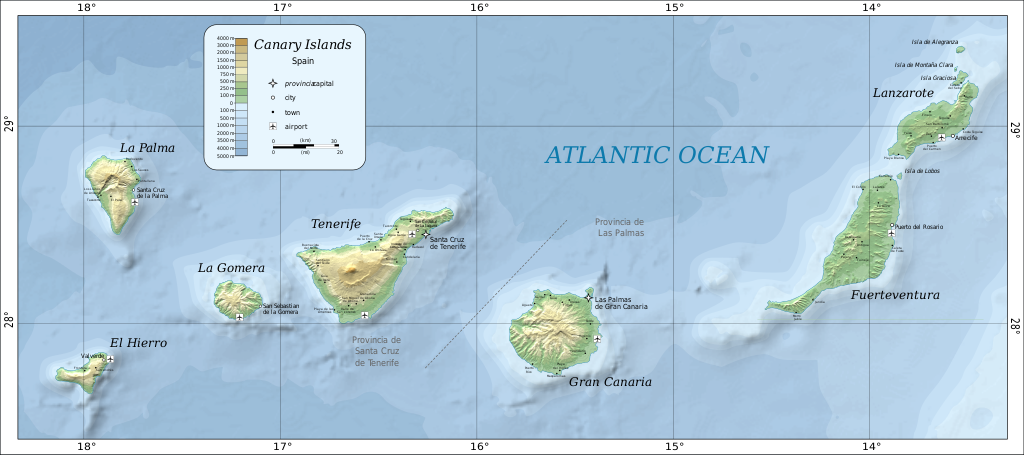
(Source: Oona Räisänen (Mysid) [Public Domain], via Wikimedia Commons.)
The volcano that erupted is called Cumbre Vieja. It erupted in 1949 and again in 1971.
Since September 11, the area around Cumbre Vieja has been hit by thousands of minor earthquakes. This is called an “earthquake swarm”. By September 13, the situation was serious enough that 35,000 people in the area were warned about a possible volcanic eruption.
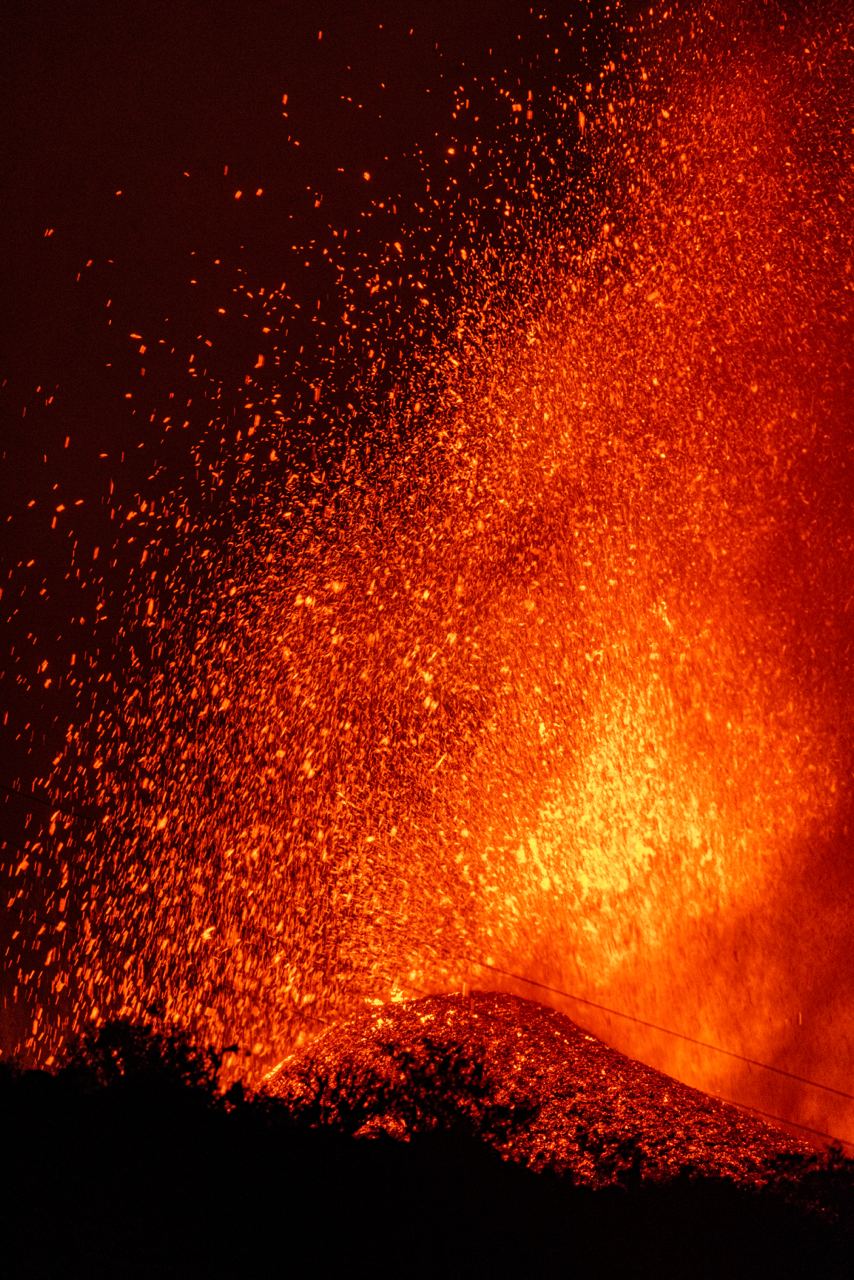
(Source: Eduardo Robaina [CC BY-SA 3.0], via LaMarea.com.)
On September 19, around 3:15 in the afternoon, Cumbre Vieja began to erupt through a new vent – a crack in the ground on the side of the volcano. Lava, smoke, and ash were sent high into the air. Soon, rivers of lava began pouring down the side of the mountain.
At first, around 1,000 people were evacuated. But as the eruption continued, and the lava rivers grew larger and faster, over 6,000 people were told to leave the area.
😕
This image has not been loaded because of your cookie choices. To view the content, you can accept 'Non-necessary' cookies.
At first, around 1,000 people were evacuated. But as the eruption continued, and the lava rivers grew larger and faster, over 6,000 people were told to leave the area. Above, workers help a woman pack and leave her home.
The volcano now has five active vents. The lava rivers continue to be the greatest worry. The rivers are up to 20 feet (6 meters) high and have a temperature of around 1,830º Fahrenheit (1,000º Celsius ).
As they flow toward the sea, the lava rivers are burning and burying everything in their path – covering houses and filling swimming pools. Roughly 320 buildings have been destroyed, and the lava has burned more than a 1.5 square miles (4 square kilometers) of land.
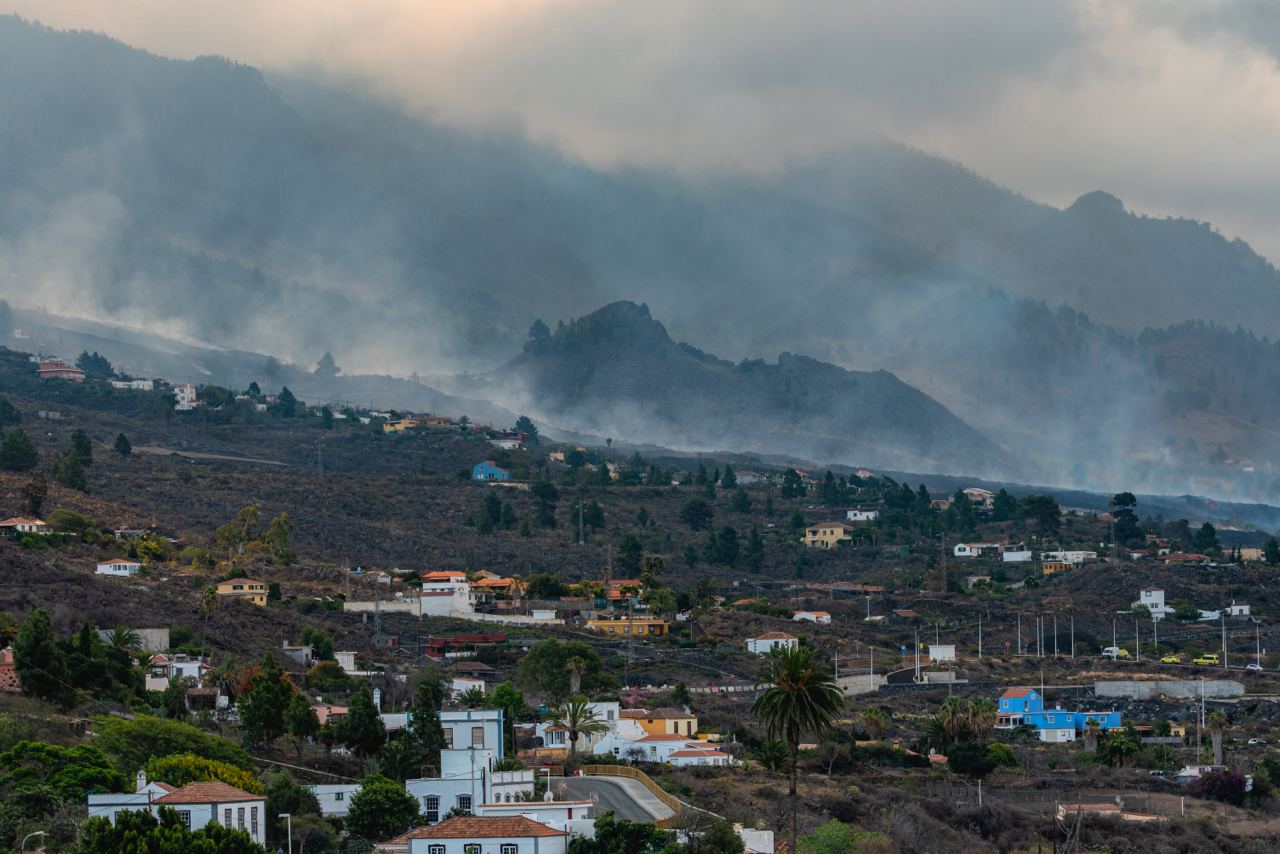
(Source: Eduardo Robaina [CC BY-SA 3.0], via LaMarea.com.)
Currently the lava is still over a mile (1.6 kilometers) away from the ocean, but could reach it on Thursday or Friday. Though the speed of the lava flow has slowed, there are concerns about the lava reaching the sea.
When hot lava hits sea water, it creates huge clouds of smoke and toxic gas. These could be very dangerous for anyone nearby. The lava will also create a dangerous and toxic situation underwater, too.
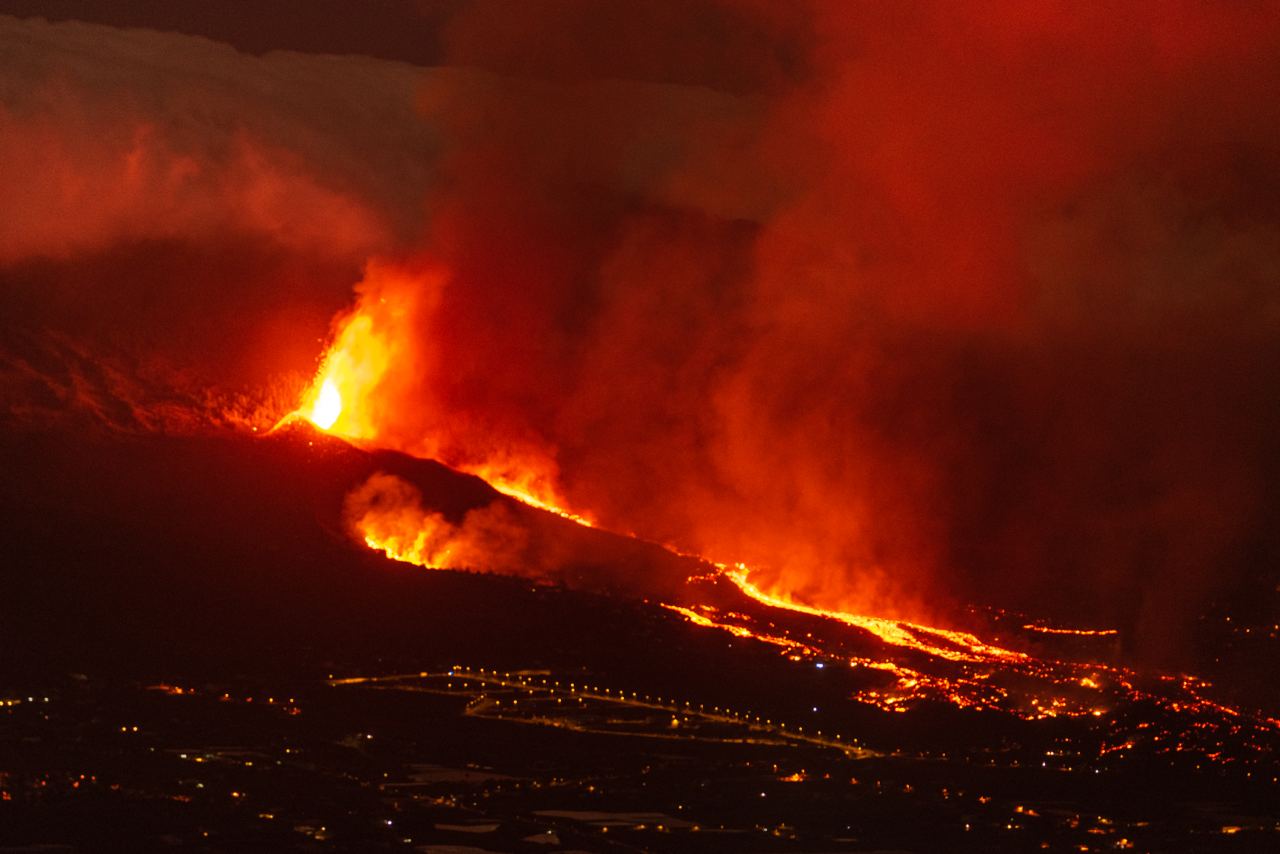
(Source: Eduardo Robaina [CC BY-SA 3.0], via LaMarea.com.)
Experts are warning that the volcano could continue to erupt for weeks or months. In 1971, the eruption lasted three weeks. This time, scientists say they expect it to last at least that long, and possibly for over two and a half months.
😕
This map has not been loaded because of your cookie choices. To view the content, you can accept 'Non-necessary' cookies.
